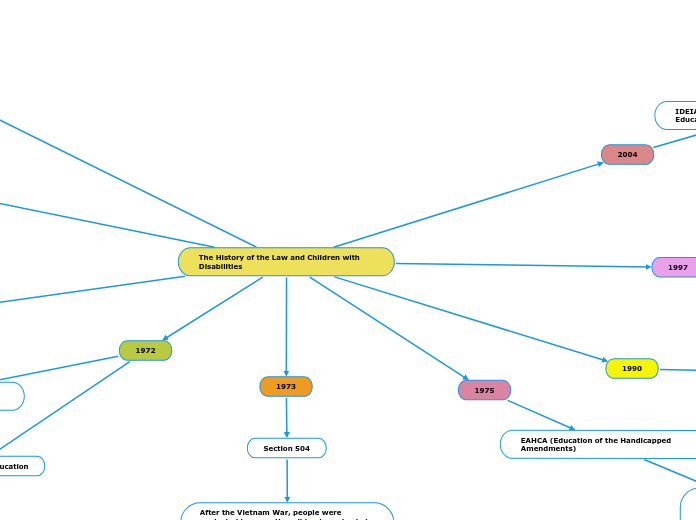by Kaori Handa 2 years ago
167
The History of the Law and Children with Disabilities
Key legislative milestones have significantly influenced the realm of education for students with disabilities. The Brown vs. Board of Education case was pivotal in affirming the rights of these students to receive free and appropriate education.









